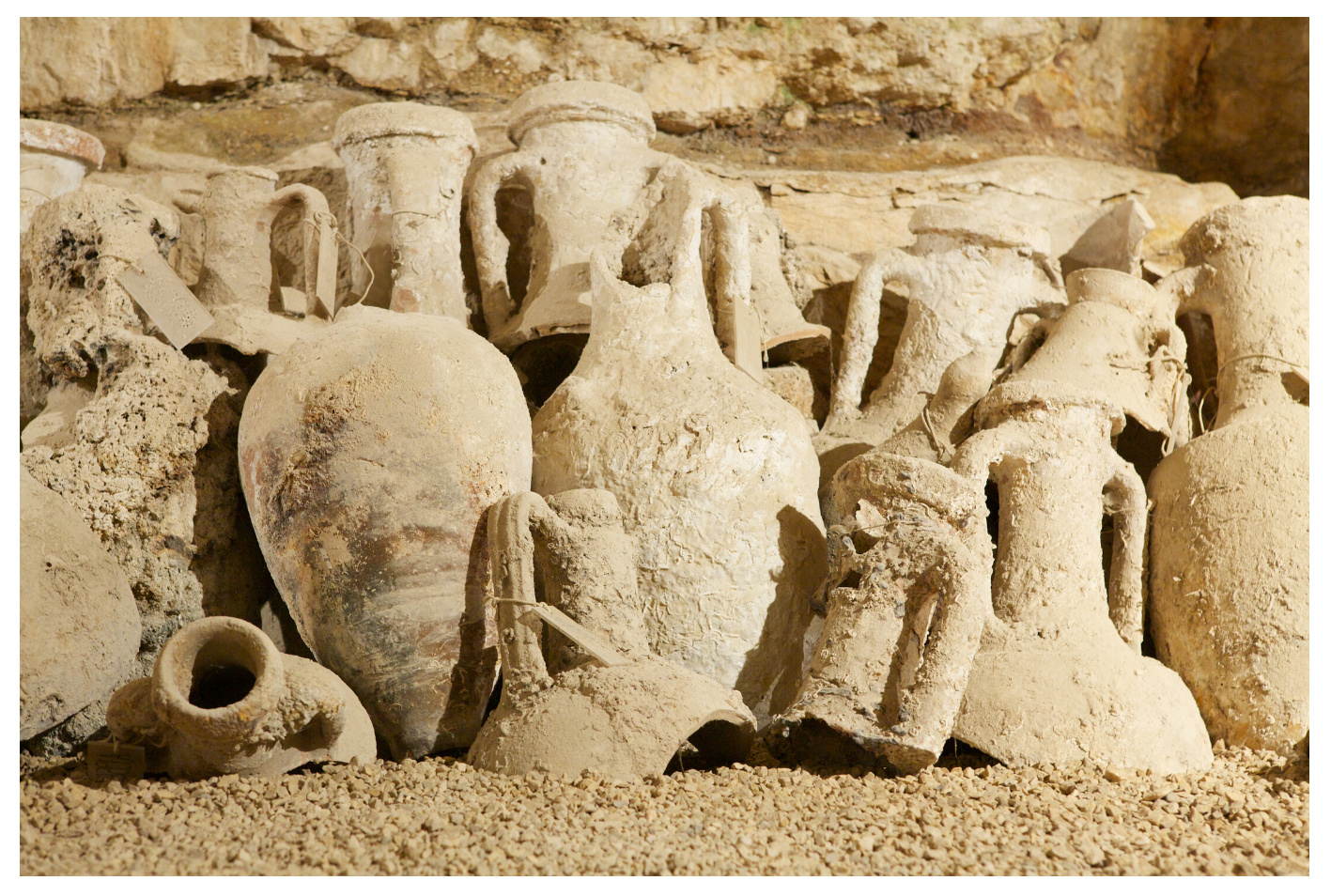Falerno, a history that has lasted for millenniai
The legend handed down to us by Silio Italico says that Falerno wine was a gift from Bacchus himself, God of wine and harvest, to the inhabitants of Ager Falernus, to reward their generous hospitality. Descending on Mount Massico, Bacchus met an old farmer named Falerno, who invited him to rest in his hut before setting off again. Falernus, although poor and humble, offered the god the best he had: milk, honey and cheese. Bacchus was moved by so much goodness and, to thank the old man, he transformed a cup of milk into excellent wine. Falerno drank it and fell asleep. When he woke up, he found his land entirely covered with splendid vineyards that from that day produced Falerno. In reality, the history of Falerno wine is less legendary and preserves a careful cultivation work that, starting from the III-II century BC. C. has been improving more and more, making Falerno a product of excellent quality, praised by poets of the fame of Catullus, Martial and Horace, and that serving it at banquets elevated the status symbol of the guest.
In Ager Falernus people used to produce Falerno del Massico. In addition to being considered, at the time, the most prized wine, Falerno was probably the first product in history to be labeled with a wording and guarantee of geographical origin (on the stoppers of amphorae or "pittacium"). Falerno could, in short, be produced only in a limited area of the world, otherwise a wine produced elsewhere could not “boast” that name and that consideration. The first DOC was "invented", and the concept of territory of origin was established.
This included other agricultural and processing productions (e.g. olive oil), where the concept of a complete localized supply chain, an absolute and unique guarantee of quality as perceived (and certified) in Ancient Rome regarding the Agro Falerno, would have postponed a few millennia later to the analogous principle of "made in ....", of "made in Italy" for example, as it is conceived today. The wealth of the Falerno area has been one of the most recognized for hundreds of years. The "export", as we would call it today, was thriving; the ships loaded with Falerno and other "typical products", departed from the port of Sinuessa-Mondragone, from Foce del Garigliano or Minturno directed to all the landings of the reachable globe (a concept of "internationalization" was born) The production units in the area were the most active and, above all, were made up of micro-processing companies (the "rustic villas" such as the one unearthed by an extraordinary archaeological find in Mondragone) systemized or, as we would still say today, put on the "network”. Nothing was left to chance: for example, the area was also famous for the furnaces where amphorae and other storage and transport containers were built. The "packaging",as we would say today.

The Falerno today
The wine producers who today intend to deal with Falerno have a great responsibility towards history. Fattoria Pagano is aware of this and approaches Falerno with the utmost respect and as much humility. For this reason, we never assume that we have reached wine perfection, but we continue our journey by working harder and harder. It is the commitment, attention and care of the producers that make the difference. Today we propose to produce an excellent wine using the same cultivation methods, just like two thousand years ago, but above all the same care that the ancients used. For us producers, the most important thing is the enhancement of Falerno by respecting all the production parameters, as well as providing the customer with a product with which he is truly satisfied.

